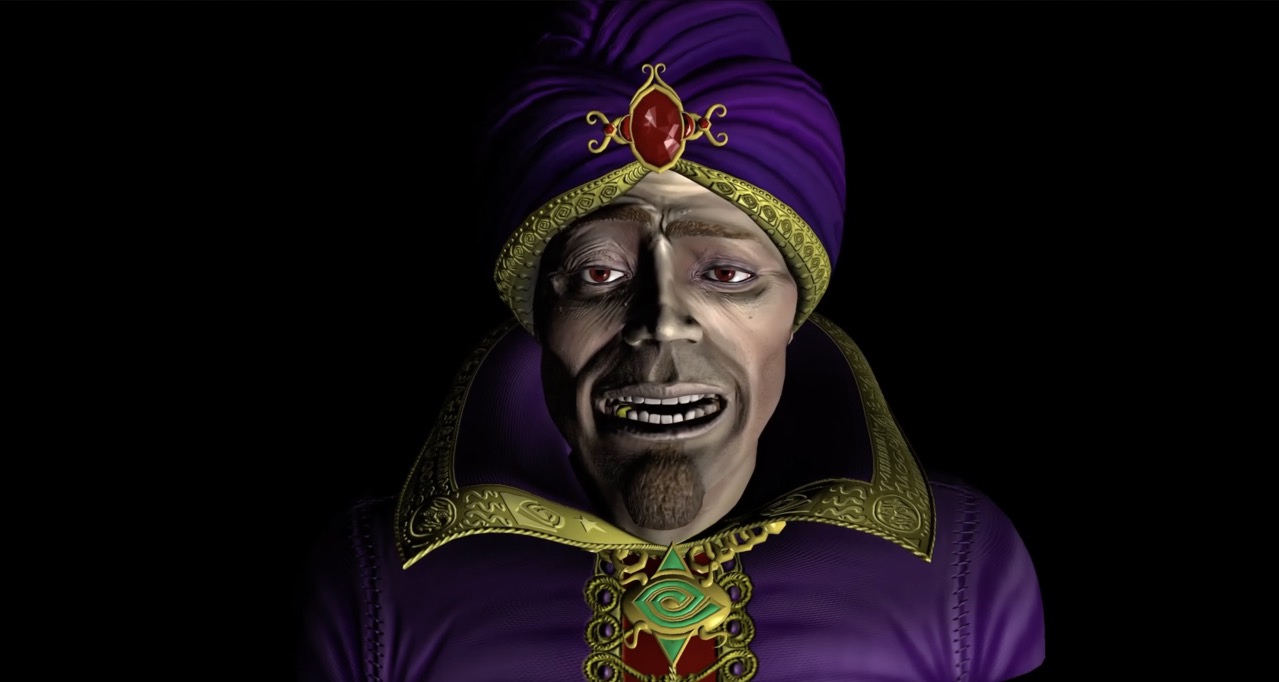How Shaders Transformed the World: From Gaming to Artificial Intelligence
In the early days of computer gaming, every new release felt like a visual revolution. Graphics evolved rapidly, but with the introduction of shaders, a true breakthrough occurred. Originally created for aesthetic purposes, shaders ended up reshaping the entire tech landscape—from how video cards work to the rise of artificial intelligence.
Shaders catalyzed the shift from fixed-function graphics accelerators to programmable graphics processors, laying the groundwork for GPU computing.

The Era of the Fixed-Function Pipeline: Beautiful but Limited
Back in the 1990s, video cards were fixed-function devices that performed only predefined operations. Known as graphics accelerators, they offered reliable performance but severely limited creativity for developers.
Games looked better with minimal effort—developers simply activated hardware-embedded effects. But when they wanted more control, they hit a wall of limitations that could not be bypassed.
The Breakthrough: Programmable Shaders
Enter Seamus Blackley—a physicist by training, a game developer by passion, and a filmmaker by chance. He proposed implementing shaders into DirectX: small programs that determine how surfaces interact with light. This brought real-time photorealism to interactive media.
The idea was borrowed from Pixar, whose animated films had already stunned the world with their lifelike visuals.
The problem? GPUs at the time couldn’t run arbitrary code. Their architecture had to be redesigned from the ground up. Blackley convinced Microsoft first, and then NVIDIA, that the future lay in programmable hardware.
The GeForce 3 and the Birth of the GPU
In 2000, DirectX 8 launched with shader support, followed shortly by NVIDIA’s GeForce 3—the first video card with a programmable pipeline. This marked the dawn of the GPU era.
Fixed-function accelerators became obsolete, and companies that failed to adapt—like 3dfx and Matrox—faded into history.
The new era gave rise to iconic titles like Half-Life 2, Doom 3, and Crysis, each pushing the boundaries of real-time graphics with shader technology.
Why GPUs Outperform CPUs
CPUs execute tasks sequentially, even when multitasking. They rapidly switch between threads, creating an illusion of parallelism. In contrast, GPUs are built for massive parallelism. Their SIMD architecture handles thousands of threads simultaneously.

This makes them ideal not only for rendering pixels but for handling any data-parallel workload.
The Rise of GPGPU: General-Purpose Computing on GPUs
Once it became clear that GPUs could outperform CPUs in specific tasks, researchers began using them for general computation. Thus emerged GPGPU—a movement focused on repurposing graphics processors for scientific and data-heavy operations.
Stanford's BrookGPU project demonstrated up to 7x faster processing on GPUs for tasks like image segmentation and ray tracing.
NVIDIA noticed this trend and hired BrookGPU’s lead developer. In 2006, they released CUDA—a unified architecture that allowed developers to run any code on GPUs. This was a paradigm shift.
GPU Beyond Gaming: AI, Blockchain, Robotics
With CUDA, GPUs became powerful engines for more than just gaming. They found applications in blockchain mining, deep learning, scientific research, and robotics. The global demand for GPUs skyrocketed, and NVIDIA became a trillion-dollar company.
Modern GPUs now feature dedicated units: RT cores for ray tracing and Tensor cores for neural networks. They’re no longer just video cards—they’re supercomputers on a chip.
We used to buy GPUs for better graphics. Now, we buy them to run artificial intelligence.

A Full Circle: Back to Specialized Hardware?
Ironically, after moving away from fixed-function hardware to programmable GPUs, the industry is now embracing specialized blocks again. RTX cards are becoming hybrids, optimized for narrowly defined tasks.
Whether this strategy proves sustainable or creates new bottlenecks remains to be seen. But one thing is clear: shaders were the starting point of a technological revolution that redefined the digital world.
Once, shaders breathed life into pixels. Today, they power neural networks, autonomous vehicles, and intelligent machines.


